|
Legumes
Calapogonium mucanoides (Calapo)
Calapo is a short lived perennial and an extremely vigorous species. It is best
adapted to the humid tropics with an annual rainfall exceeding 1250 mm. Propagated
by seeds.
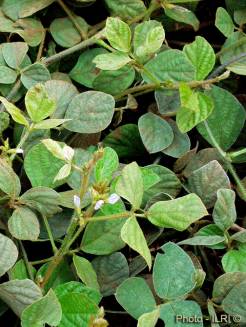
(www.tropicalforages.info)
Centrosema pubescens (Centro)
Centro is a perennial climbing species from South Africa which combines well with
guinea grass. Moderately specific in Rhizobium.
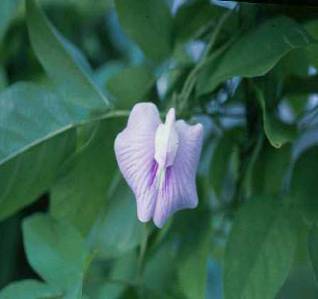
(Source: FAO)
Desmodium intortum (Green leaf)
Combines well with grasses. This is very nutritious and palatable and resistant
to heavy grazing when fully established. Native to Central and South America. Suitable
for high ranges.
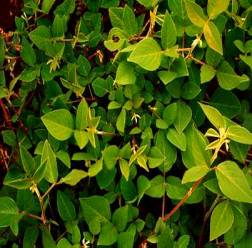
Source: FAO
Desmodium uncinatum (Silver leaf)
Similar in habit and production to D. intortum.
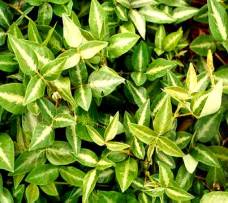
(Source: FAO)
Lab lab purpureus (Lab lab)
Has better disease and insect resistance and used as an annual forage. It is moderately
drought resistant.
(Source: FAO)
Macroptilium atropurpureum (Siratro)
Suitable up to 1500 mm average rainfall. Combines well with grasses like setaria,
guinea grass, etc.
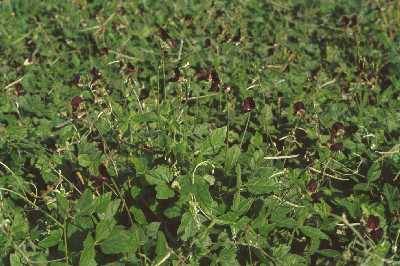
(Source: FAO)
Macroptilium lathyroides (Phasey bean)
Self regenerating annual/biennial legume well adapted to water logged area. Good
pioneer species.
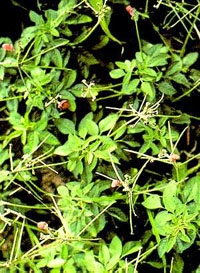
(Source: FAO)
Stylosanthes guianensis (Stylo)
Suitable up to 4000 mm average rainfall. Better with low growing grasses. Some varieties
are annual and some perennial. Moderately specific in rhizobium requirement.
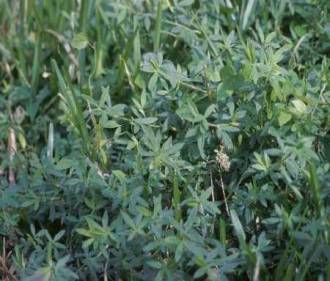
(Source: FAO)
Stylosanthes humilis (Townsville stylo)
Annual /biennial and will not withstand shading. Combines well with buffel.
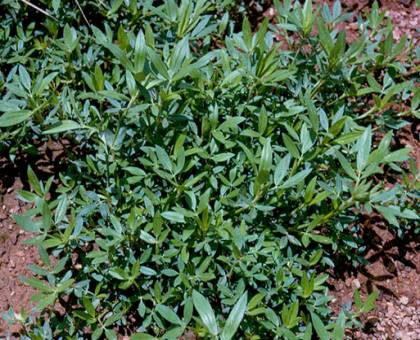
(Source: FAO)
Stylosanthes hamata (Caribbean stylo)
Short lived perennial less specific rhizobium requirements. Combines well with guinea
and signal. It is a drought resistant legume.
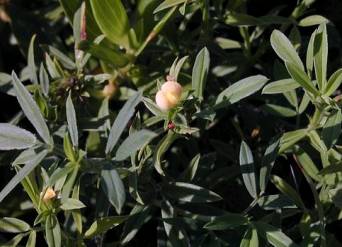
(Source: FAO)
Stylosanthes scabra (Shrubby stylo)
It is an ideal perennial legume for drier climate.
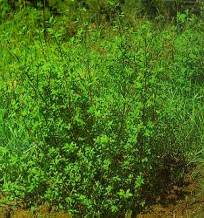
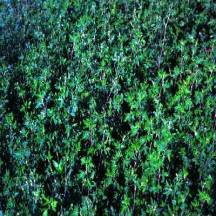
(Source: FAO)
Vigna sinensis (Cowpea)
This is a bushy, trailing or climbing annual legume. It is used as green fodder.
It can be grown mixed with maize, sorghum or napier grass.
(Source: FAO)
Top
|